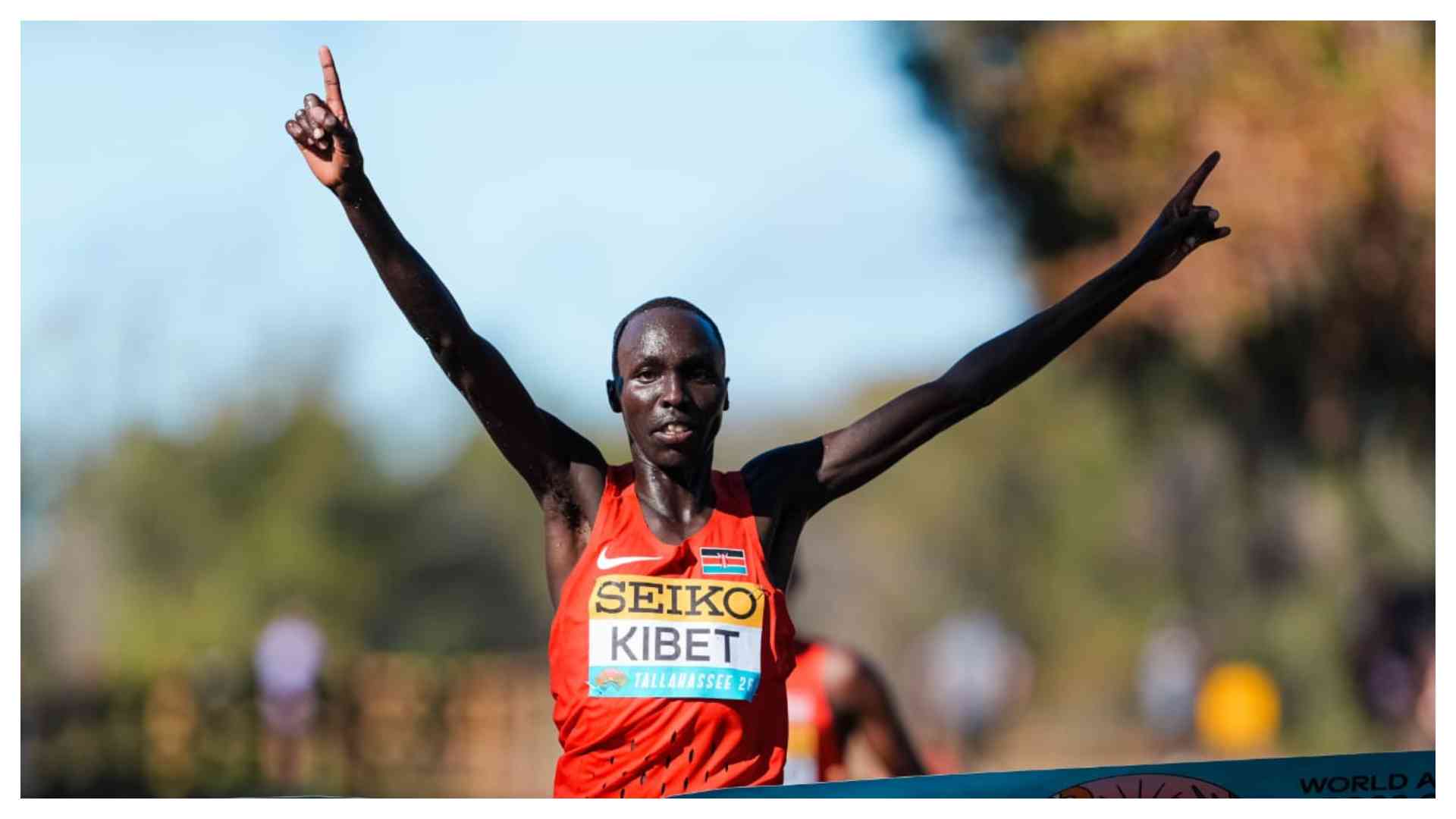- Hundreds in Mandera protest alleged illegal presence of Jubaland forces in the border town
- CHAN 2024: CAF fines Kenya as Tanzanian fans celebrate Mauritania win
- At least 5 chiefs in Mandera missing after their vehicle was hijacked by armed militants
- Tragic Incident: 4 Killed in Improvised Explosive Device Attack in Mandera
- Wakazi wa Mandera na Wajir wakimbilia Garisaa kutokana na makali ya kiangazi
×
The Standard e-Paper
Home To Bold Columnists
 The Standard Group Plc is a multi-media organization with investments in media
platforms spanning newspaper print operations, television, radio broadcasting,
digital and online services. The Standard Group is recognized as a leading
multi-media house in Kenya with a key influence in matters of national and
international interest.
The Standard Group Plc is a multi-media organization with investments in media
platforms spanning newspaper print operations, television, radio broadcasting,
digital and online services. The Standard Group is recognized as a leading
multi-media house in Kenya with a key influence in matters of national and
international interest.






